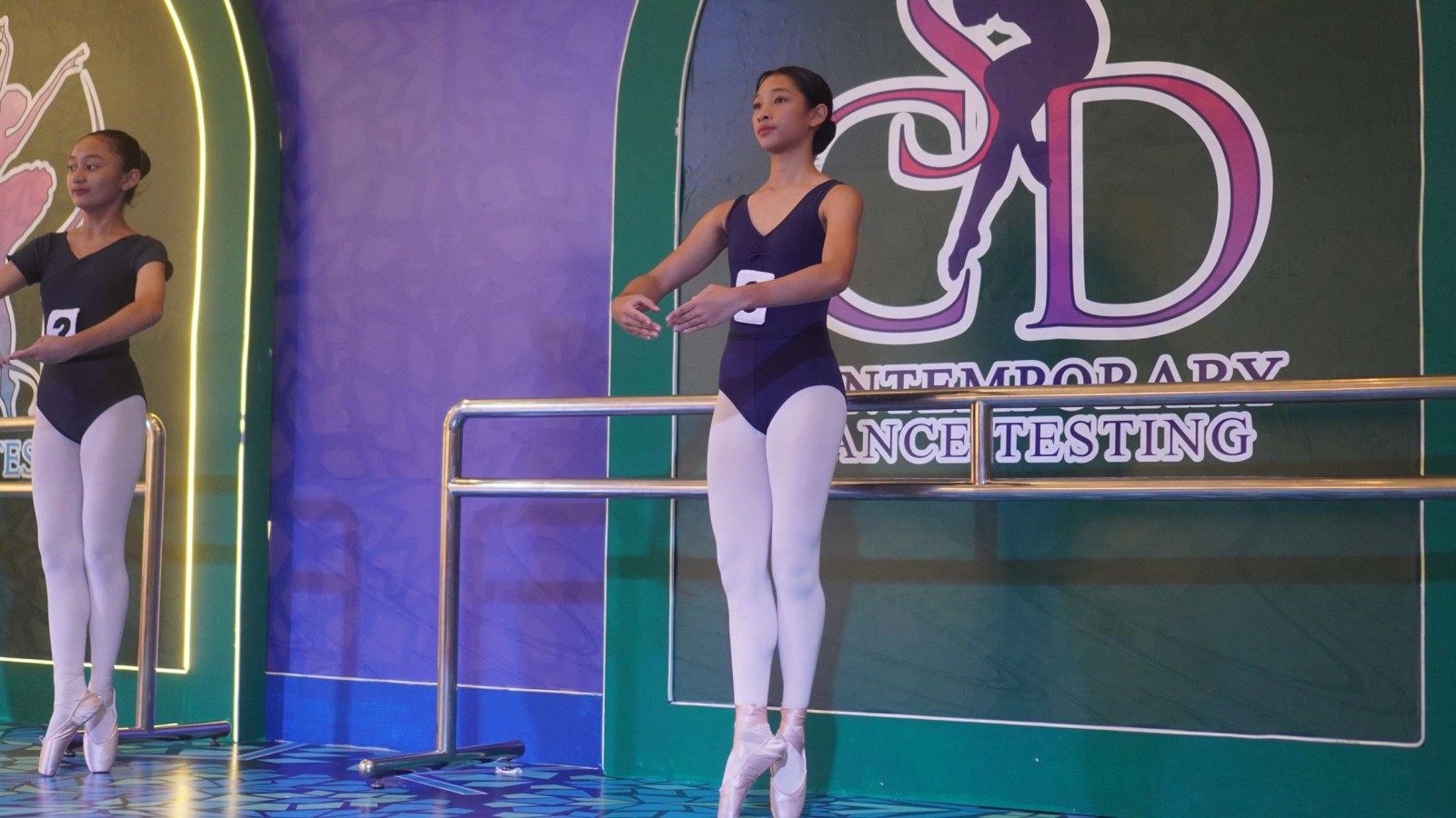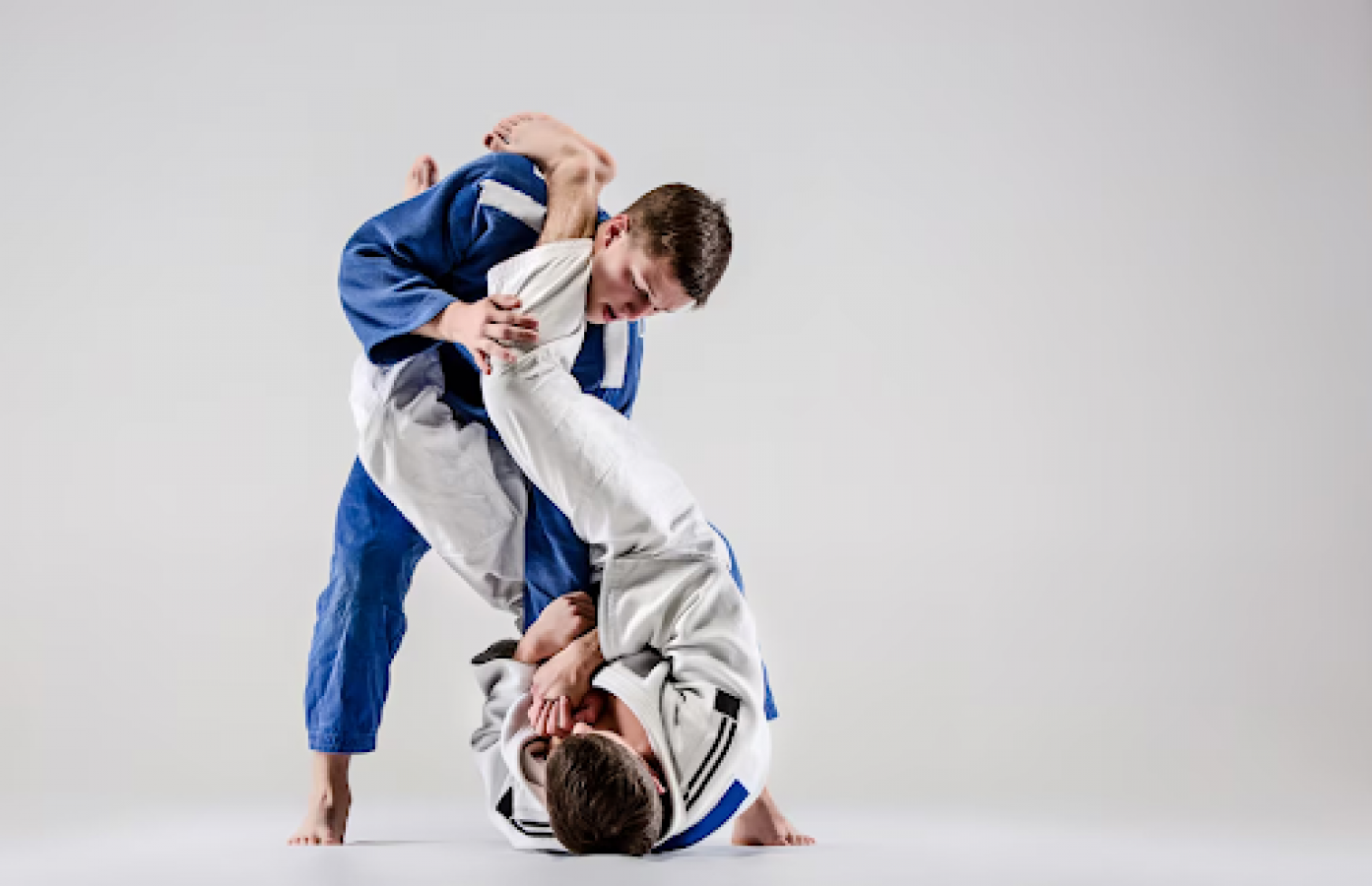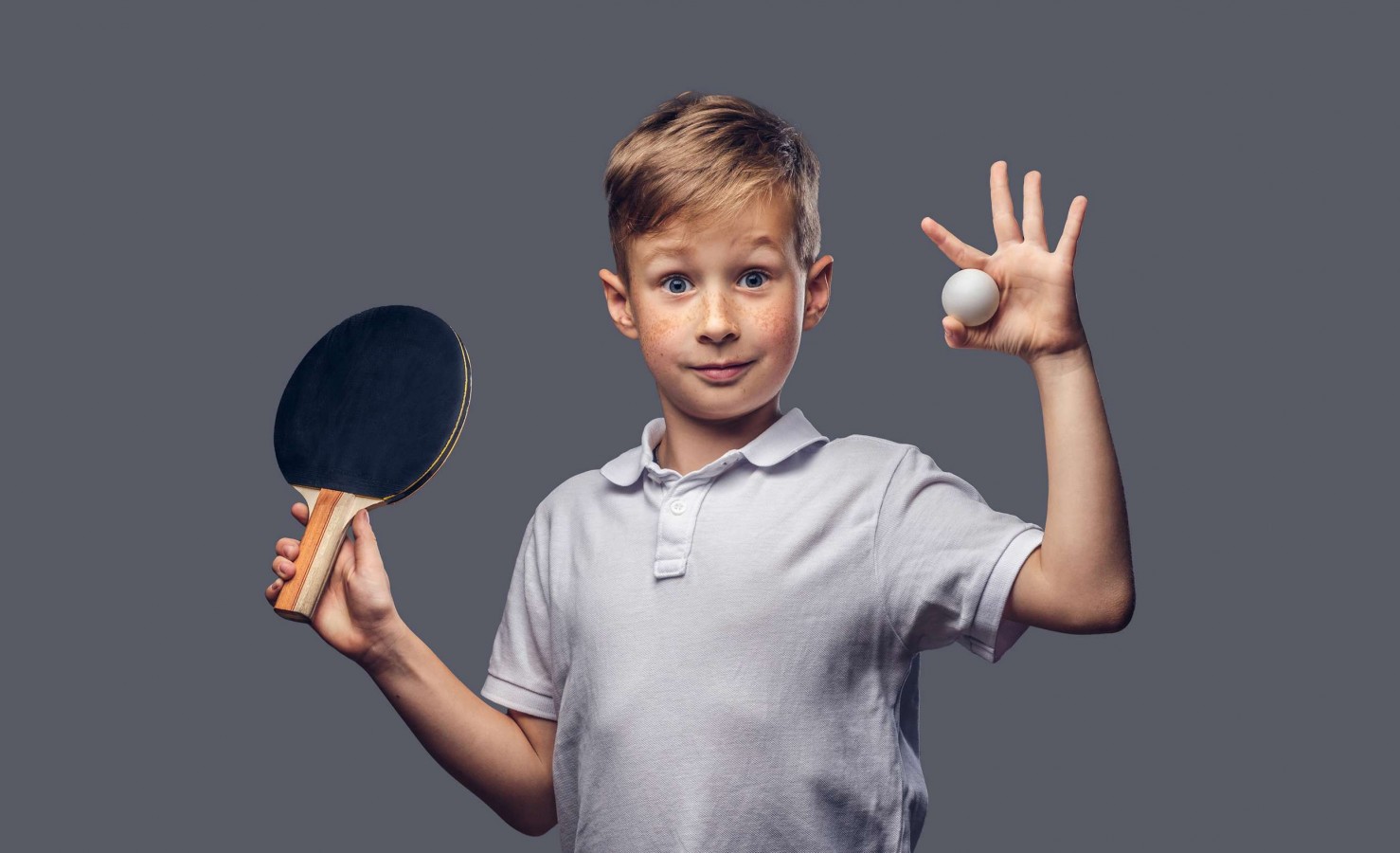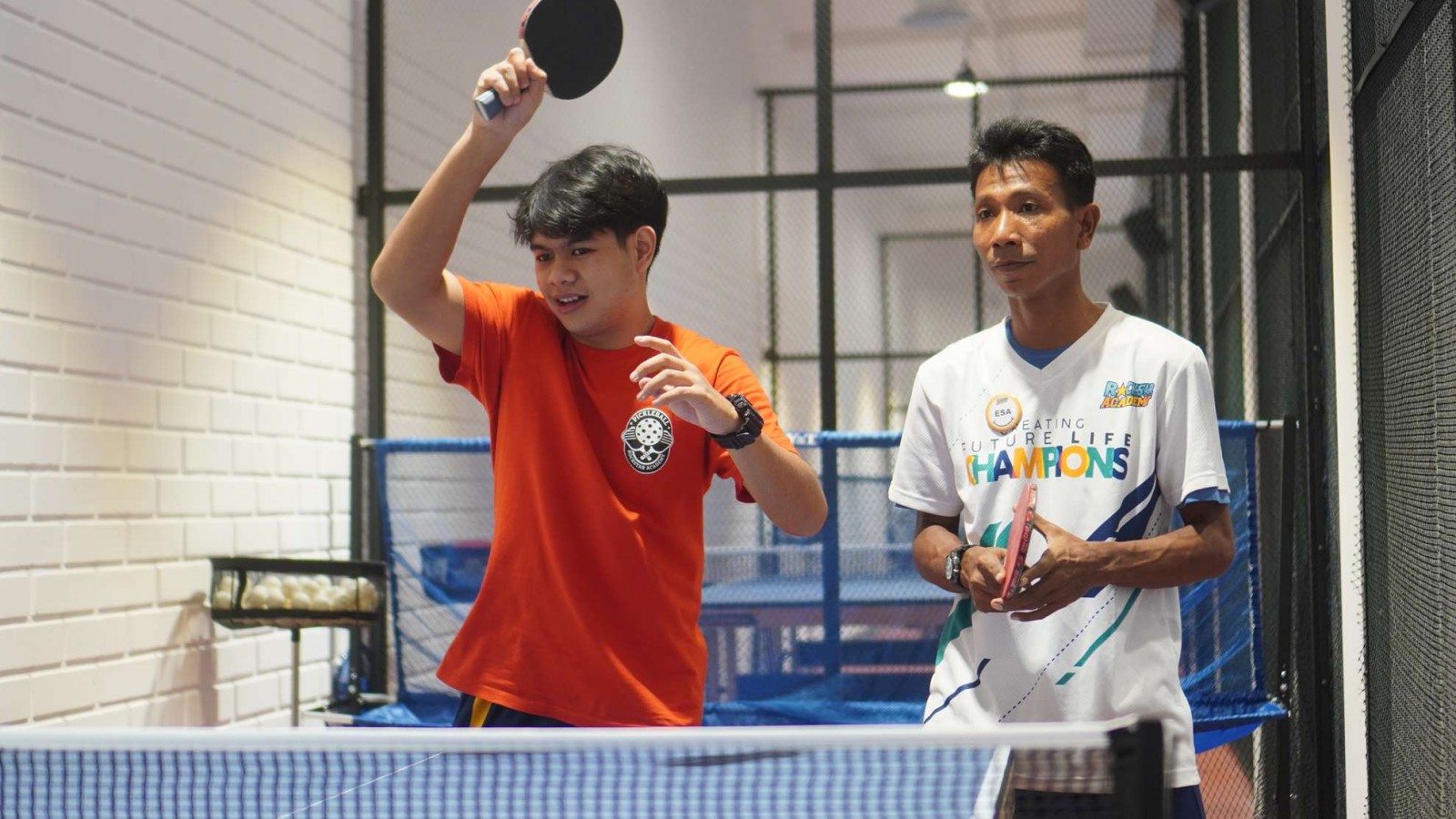Elevate Your Ballet Pointe: Refining Technique and Alignment

Ballet Pointe is a beautiful and challenging milestone in a dancer’s journey, marked by the grace and strength required to dance on the tips of the toes. This classical ballet technique demands impeccable balance, alignment, and preparation.
Here’s a guide to understanding what ballet pointe is, how to prepare for pointe work, ways to prepare your pointe shoes, and essential exercises to strengthen your feet and ankles for stability and artistry.
What is Ballet Pointe?
In ballet, “pointe” refers to dancing on the tips of fully extended toes. Pointe work symbolizes the epitome of a ballet dancer's skill and often requires years of foundational ballet training.
Dancers typically progress to pointe when they have established strength in their feet, ankles, legs, and core, along with proper technique.
Achieving pointe readiness means being able to maintain turnout, alignment, and balance, all of which are essential for safe and effective pointe work.
How to Prepare for Pointe
Preparation for pointe work is as much about technique as it is about strength and alignment. Here are some essential exercises and tips for mastering the basics and preventing injury as you get ready for pointe:
1. Simple Rises in Parallel
Start with feet together in parallel, lifting from flat to demi-pointe (balls of the feet) with knees kept straight. Maintain alignment by keeping your ankles in line with your toes and your knees directly over your ankles.
2. Heel Alignment
While rising, avoid letting your heel push outward, this misalignment can strain the ankle. Instead, aim to keep the heel directly in line with the toes, engaging your muscles to "pull up" and maintain control.
3. Mirror Practice
Practicing in front of a mirror helps ensure correct alignment. Use the mirror to check that your ankles, knees, and toes stay in alignment and that your rise is stable and even.
4. Engaging Core and Spine
Keep your spine straight, engaging your core, and “pulling up” through the top of your head. This upward stretch helps stabilize your body, ensuring balance on demi-pointe.
5. Weight Slightly Forward
To maintain control on pointe, shift your weight slightly forward while keeping your whole body in one straight line. Imagine yourself between two walls, with your body aligned and not leaning forward or backward.
Preparing Pointe Shoes
Preparing pointe shoes is an essential step for any ballet dancer transitioning to pointe work. Proper preparation ensures that the shoes fit well, provide adequate support, and enhance performance while minimizing the risk of injury. Here’s a concise guide on how to prepare your pointe shoes effectively:
A. Flex the Shoe
Spend time flexing the shoe back and forth to soften the sole. This action will help break in the shoe without compromising its support.
Avoid the temptation to “break” the shoe, you need some hardness in the sole for adequate support as you begin your training.
B. Rising to Demi Pointe
Practice rising to demi-pointe while wearing your shoes, ideally with the support of a barre. This exercise helps you acclimate to the shoes while building strength and stability.
C. Sewing Elastic and Ribbons
After breaking in the shoes, the next step is to sew in the elastic and ribbons. This process may take longer than expected, so it’s crucial to follow the guidance of your instructor.
Properly attached ribbons and elastic help secure the shoes on your feet and provide the necessary support.
D. Getting Properly Fitted
Ensure you are correctly fitted with the right pointe shoes. Since pointe shoes are often handmade, each shoe may fit differently. Visit a professional dance shoe shop for an accurate fitting.
E. Purchase Additional Accessories
Remember to buy ribbons, elastics, and protective padding. Ouch pads are recommended for toe protection, and you can also consider gel toe protectors and animal wool for added comfort.
Strengthening Feet and Ankles for Pointe
Strengthening your feet and ankles is essential for safe and effective pointe work. Here are key exercises and tips to build stability, flexibility, and strength:
1. Plié and Demi Pointe in Parallel
Begin with a simple plié in parallel (feet together), rising onto demi-pointe. Perform this exercise with bare feet, socks, or soft ballet shoes to allow full movement and flexibility in the feet.
2. Rolling Through the Feet
While in parallel, start with one foot on demi-pointe and the other flat. Transition by bringing the second foot to demi-pointe, then slowly roll the first foot back to flat.
Repeat this pattern slowly, which builds strength and muscle control in the feet and ankles.
3. Rolling in First Position
Move to first position and start with a plié, then rise to demi-pointe with straight knees. Keep heels aligned over toes and knees in line with ankles and toes.
Focus on turning out from the hips for proper alignment, imagining holding a small object between your upper thighs to help engage your turnout muscles.
4. Theraband Stretch
Sit on the floor with legs straight, wrapping a theraband around the ball of one foot, just before the toe joints.
Stretch your toes away from the band while holding it taut, then return slowly. Keep toes straight without scrunching to build strength and control in the muscles along the arch.
Begin Your Pointe Training Today!
Ballet pointe requires both physical and mental readiness, with a focus on strength, alignment, and preparation. Dancers must carefully prepare their bodies and their shoes, understanding that pointe work is an ongoing process of refining technique.
With consistent strengthening exercises and mindful preparation, dancers can master the art of pointe, bringing grace, strength, and alignment to every performance.
Rockstar Academy’s ballet program offers a comprehensive approach to mastering ballet foundations, focusing on essential techniques like plié ballet and building strong, graceful movement.
As a leading Sports & Performing Arts Academy, we prioritize structured training with expert guidance, from developing flexibility and balance to ensuring proper form and alignment.
Our events and competitions such as Ballet Testing, Ballet & Contemporary Dance Recital, RockOlympics and Elite Championships allows students to measure their progress and gain confidence as they advance through each level, ensuring they’re well-prepared for pointe work and other advanced ballet skills.
Try our program for yourself, sign up now for a free trial and experience the elegance and discipline of ballet firsthand!
FAQ
What does "on pointe" mean in ballet?
"On pointe" means dancing on the tips of the toes using special ballet shoes called pointe shoes.
Is it too late to learn pointe?
It's never too late with proper training and strength, though starting young is ideal. Adult beginners can also safely learn with guidance.



